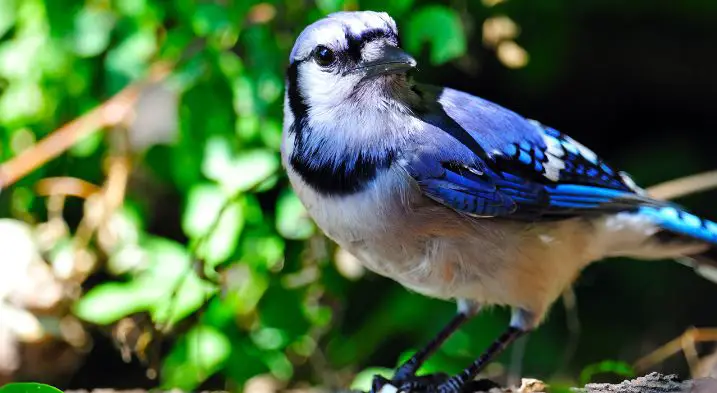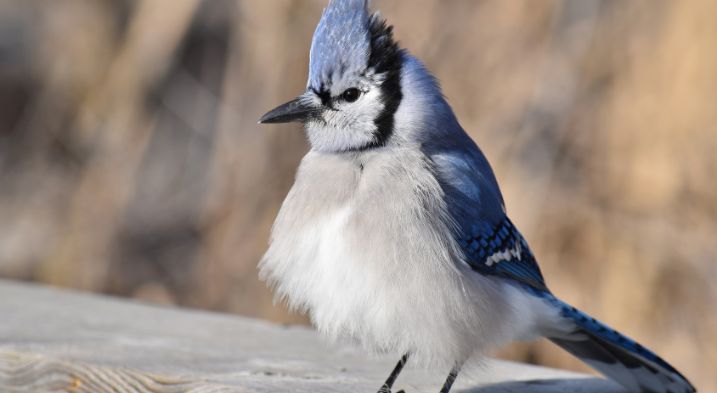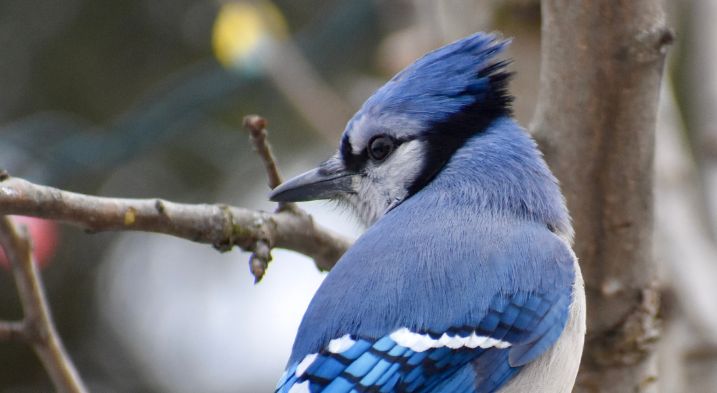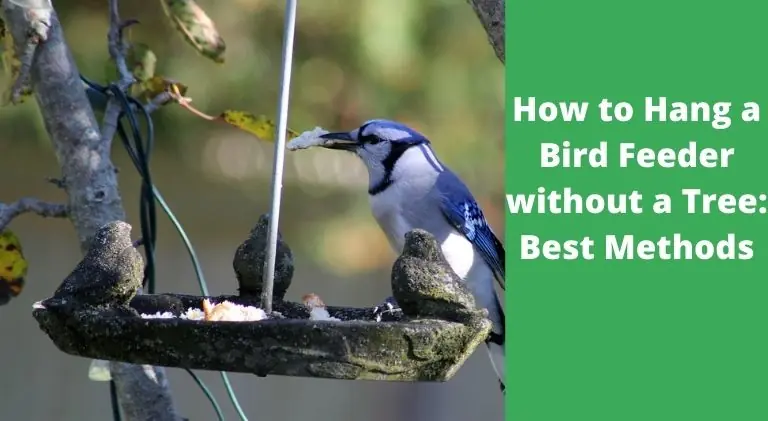Can Blue Jays Move Their Babies? Interesting Facts
The topic of blue jays and their reproductive habits is an interesting one, but one question that often comes up is whether or not blue jays can move their babies.
It’s a valid question – after all, many bird species are known to move their young from one location to another. But can blue jays do the same?
The answer is no, blue jays cannot move their babies. Once the eggs have been laid and incubated, the young are unable to be moved by the parents as they are not physically able to do so. Blue jays, like many bird species, build nests and raise their young in one location.
This raises an even more intriguing question- why do blue jays stick to one location? Why do they put all their eggs in one basket?
The answer to this question is what we will be exploring in this blog post.
By delving deeper into the reproductive habits and parental care of blue jays, we can gain a better understanding of these beautiful birds and how they raise their young.
So, stay tuned to know more about the fascinating world of blue jays.

Can Blue Jays Move Their Babies?
When it comes to the question of whether blue jays can move their babies, the answer is no, they are not physically capable of doing so.
Blue jays, like many bird species, build nests and raise their young in one location. Once the eggs have been laid and incubated, the young are unable to be moved by the parents.
Observed Instances of Blue Jays Moving Their Young
There have been no reported or observed instances of blue jays moving their young.
Blue jays, like many bird species, have a strong attachment to their nest and are young and will remain in the vicinity of the nest to protect and care for their young.
The parents are known to be fiercely protective of their young and will defend the nest from potential predators.
Potential Reasons for Blue Jays Not Moving Their Young
There could be various reasons why blue jays do not move their young, one possibility is that blue jays are not physically capable of moving their young.
Their size, strength, and the size of the nest and young do not allow them to move their nest or young.
Another reason could be that blue jays have evolved to be opportunistic feeders, which means they can adjust to different food sources available in the area they are present.
They have also been observed to cache food (storing food for later use) which enables them to survive through lean times. So, they do not need to move around to find food resources.

The Reproductive Habits of Blue Jays
Blue jays, like many bird species, have specific breeding seasons during which they engage in nest-building and reproduction.
The breeding season for blue jays typically begins in late April or early May and can last until early August.
During this time, both male and female blue jays work together to build a nest in which to raise their young.
Types of Nests Built by Blue Jays
Blue jays build a variety of different types of nests, including cup nests, platform nests, and hanging nests.
Cup nests are the most common type of nest built by bluejays and are typically constructed using twigs, grass, and other materials.
These nests are often built in trees, shrubs, or other tall vegetation. Platform nests and hanging nests, on the other hand, are less common but can also be built by blue jays.
These nests are typically constructed using similar materials as cup nests but are built on horizontal branches or other flat surfaces, or hung from branches or other structures.
Number of Eggs Laid by Blue Jays
During the breeding season, blue jays typically lay 3-7 eggs at a time.
These eggs are typically laid once per day, and both the male and female take turns incubating them. The eggs are usually incubated for about 17-18 days before hatching.
Once the eggs have hatched, both the male and female continue to care for the young, feeding them and protecting them until they are ready to fledge or leave the nest.
It’s worth noting that Blue Jays are known for their intelligence and have been observed to have a wide range of vocalizations, and mimic other birds and even other animals.
Also, Blue Jays are known for their striking blue, white, and black plumage which makes them easy to spot in the wild.
They are also popular for their acrobatic feeding habits and their ability to cache food for later use.

Parental Care in Blue Jays
Once the eggs have hatched and the young have emerged, both the male and female blue jays play important roles in caring for their offspring.
Both parents work together to provide food, protection, and other forms of care for the young.
The specific tasks and responsibilities of each parent may vary slightly, but both play a critical role in the survival and development of the young.
Length of Time for Parental Care
Blue jays typically care for their young for about 4-6 weeks, from the time the eggs hatch until the young fledge, or leave the nest.
During this time, both parents are actively involved in feeding, protecting, and caring for the young.
Once the young have fledged, they are able to fly and forage for food on their own, and the parent’s role in their care becomes less intensive.

Types of Food Blue Jays Feed Their Young
Blue jays typically feed their young a variety of different types of food, including insects, worms, berries, and other fruits.
Both the male and female blue jays are responsible for finding food and bringing it back to the nest to feed the young.
They are known to be opportunistic feeders and can consume a wide range of food items depending on their availability.
They have also been observed to cache food (storing food for later use) which enables them to survive through lean times.
It’s worth noting that Blue jays have a unique way of communicating with their young.
They have been observed to make specific calls to their young to indicate the presence of food, and even to warn them of potential dangers.
This communication helps the young to learn quickly and survive in the wild.
Final Thoughts!
So can blue jays move their babies? To conclude the above discussion, no blue jays are unable to move their babies because of their lack of physical ability to do so.
Instead, they try to choose their nesting sites in such a way that they don’t have to move the eggs or the babies.
Apart from that, blue jays, just like other birds, are very cautious when it comes to taking care of their nest and their babies.
Both male and female birds work together when it comes to feeding the babies and bringing them up.
We hope after reading this article, you have a better idea of how blue jays take care of their baby blue jays.
If you have found this article helpful and interesting please share it with your friends and family and don’t forget to leave feedback.
Thank you for reading!




![Why Do Owls Hoot at Night? [3 Main Reasons]](https://birdwatchingsolution.com/wp-content/uploads/2022/02/Why-Do-Owls-Hoot-at-Night-1.webp)

![Why Do Roosters Crow All Day? – [Discover Facts]](https://birdwatchingsolution.com/wp-content/uploads/2021/10/why-do-roosters-crow-all-day.webp)
